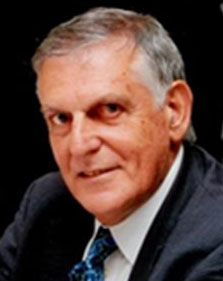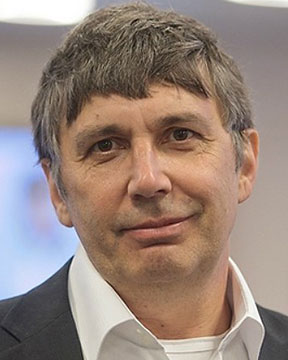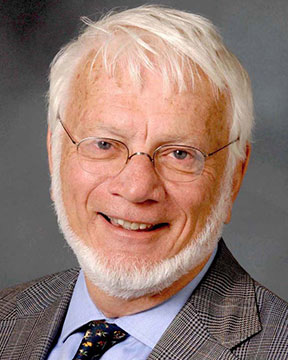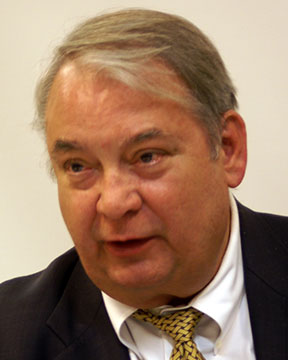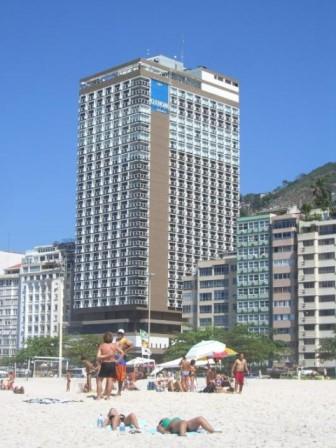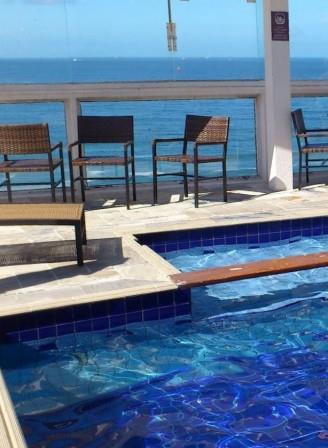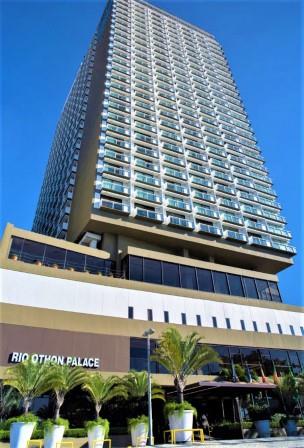ORALS
SESSION: ElectrochemistryMonAM-R2
| Amatore International Symposium on Electrochemistry for Sustainable Development |
| Mon Nov, 5 2018 / Room: Copacabana B (150/1st) | |
| Session Chairs: Emmanuel Mousset; Session Monitor: TBA |
11:45: [ElectrochemistryMonAM02]
Selective Reduction of Carbon Dioxide in Water using Earth Abundant Metal and Nitrogen Doped Carbon Electrocatalysts Kim
Daasbjerg1 ; Xin-ming
Hu
1 ; Jun-jie
Shi
1 ; Steen U.
Pedersen
1 ; Troels
Skrydstrup
1 ; Halvor
H. Hval
1 ;
1Interdisciplinary Nanoscience Center, Aarhus University, Aarhus C, Denmark;
Paper Id: 256
[Abstract] Earth-abundant transition metal (Fe, Co, or Ni) and nitrogen doped porous carbon electrocatalysts (M-N-C) were synthesized for CO<sub>2</sub> valorization from cheap precursors via silica templated pyrolysis. [1] The effect of the material composition and structure (i.e. porosity, nitrogen doping, metal identity, and oxygen functionalization) on the activity for the electrochemical CO<sub>2</sub> reduction reaction (CO<sub>2</sub>RR) in water was investigated. The activity/selectivity order for CO<sub>2</sub>-to-CO conversion is Ni > Fe >> Co with respect to the metal in M-N-C. Notably, the Ni doped carbon exhibits a high selectivity with a faradaic efficiency of 93% for CO production. The metal free material exhibits a high selectivity but low activity for the CO<sub>2</sub>RR. Tafel analysis shows a change of the rate-determining step as the metal overtakes the role of the nitrogen as the most active site.<br />Recording of X-ray photoelectron spectra and extended X-ray absorption fine structure demonstrates that the metals are atomically dispersed in the carbon matrix, most likely coordinated to four nitrogen atoms and with carbon atoms serving as a second coordination shell. Presumably, the carbon atoms in the second coordination shell affect the CO<sub>2</sub>RR activity, considering that the reactivity order for the central metal in carbon supported metal meso-tetraphenylporphyrin complexes is the opposite. From a better understanding of the relationship between the CO<sub>2</sub>RR activity and the material structure, it becomes possible to rationally design high-performance porous carbon electrocatalysts for CO<sub>2</sub> valorization. [2]
References:
[1] H. W. Liang, S. Brüller, R. H. Dong, J. Zhang, X. L. Feng, K. Müllen, Nat. Commun. 6 (2015) 7992.\n[2] W. Ju, A. Bagger, G.-P. Hao, A. S. Varela, I. Sinev, V. Bon, B. Roldan Cuenya, S. Kaskel, J. Rossmeisl, P. Strasser, Nat. Commun. 8 (2017) 944.


